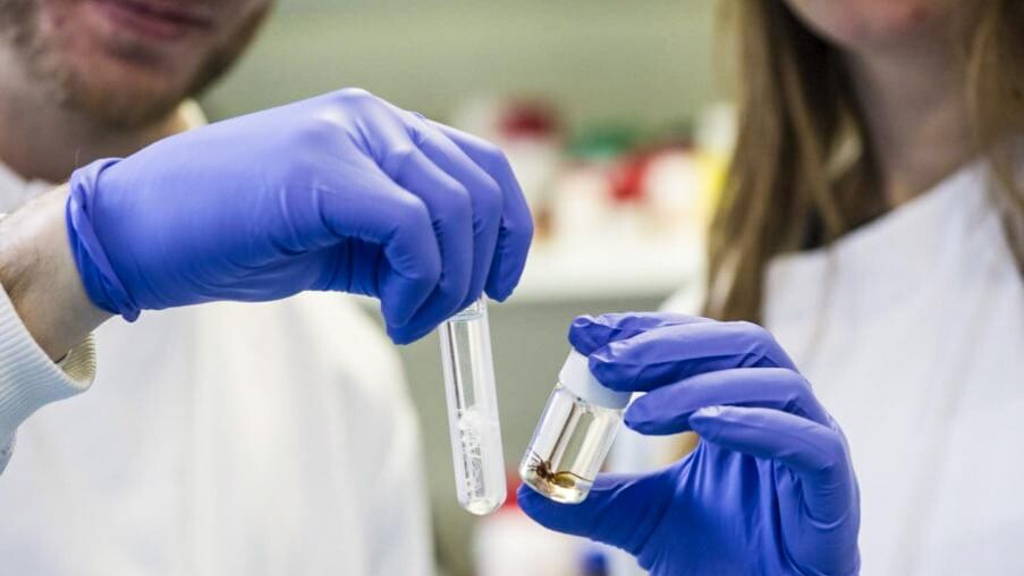After a chance meeting at the University of Nottingham, Professor Neil Thomas from the School of Chemistry and Dr Sara Goodacre from the School of Life Sciences decided to partner in the development of this novel idea. Now, five years later, they have developed a technique to produce chemically functionalised spider silk. Using ‘click-chemistry’, they were able to attach molecules, like antibiotics or fluorescent dye, to their spider silk. This gives the new technique a promising future in the healthcare industry.
At the same time, growth of new tissue is accelerated by silk fibres functioning as a temporary scaffold.
The new technique could be particularly useful in new medical fields like tissue engineering and biomedicine.
Attaching molecules to silk strands
The scientists used ‘click-chemistry’ to attach molecules, like antibiotics, to their artificially produced spider silk. Click chemistry, also known as tagging, is a way of joining a substrate —the surface on which an organism lives — of choice with specific biomolecules. In this case, the chosen molecules are ‘clicked’ into place before the silk protein gets turned into fibres. More than one type of molecule can be attached to the individual silk strands, making them more and more effective. To achieve this, the scientists use artificial spider silk, which has a wider range of small molecules than real spider silk.Preventing infection and accelerating tissue growth
The interdisciplinary team of scientists used this technique to develop a biodegradable mash. The mash can get two jobs done at once; it can accelerate growth of the new tissue and be used for the slow release of antibiotics. When using this mash to treat slow-healing wounds, it could prevent infection for weeks or months, because of the slow and controlled release of antibiotics by the spider silk.At the same time, growth of new tissue is accelerated by silk fibres functioning as a temporary scaffold.
The new technique could be particularly useful in new medical fields like tissue engineering and biomedicine.








